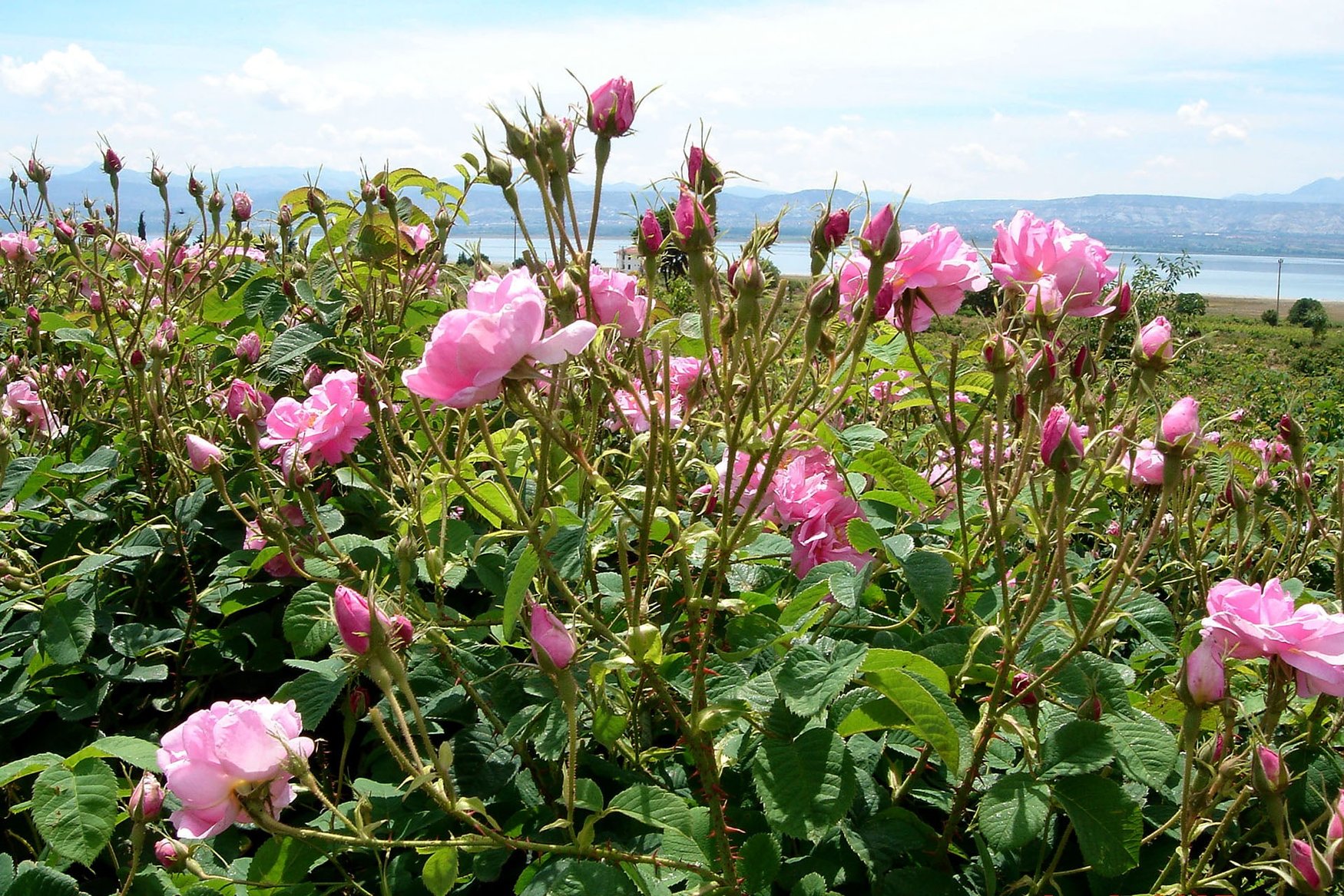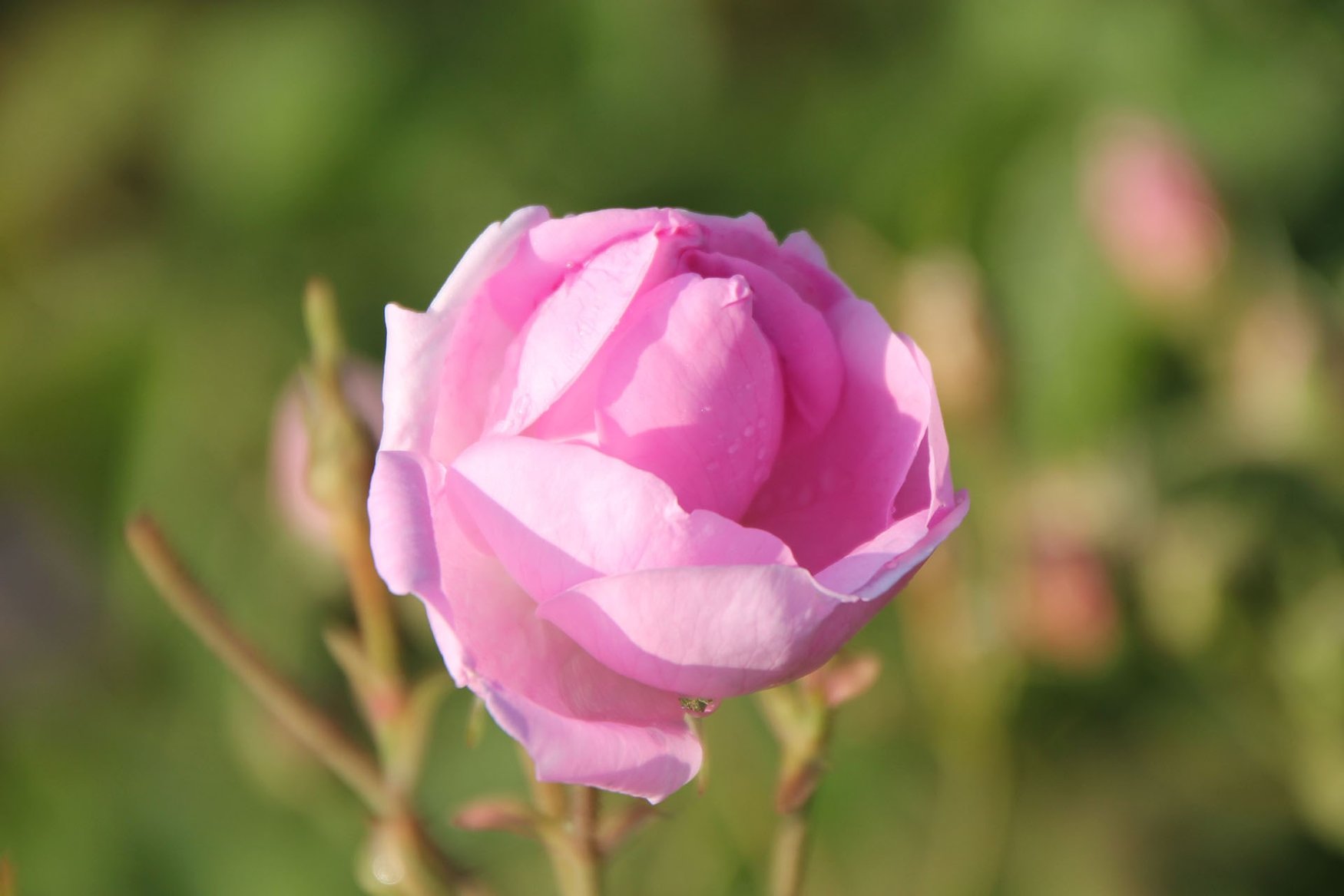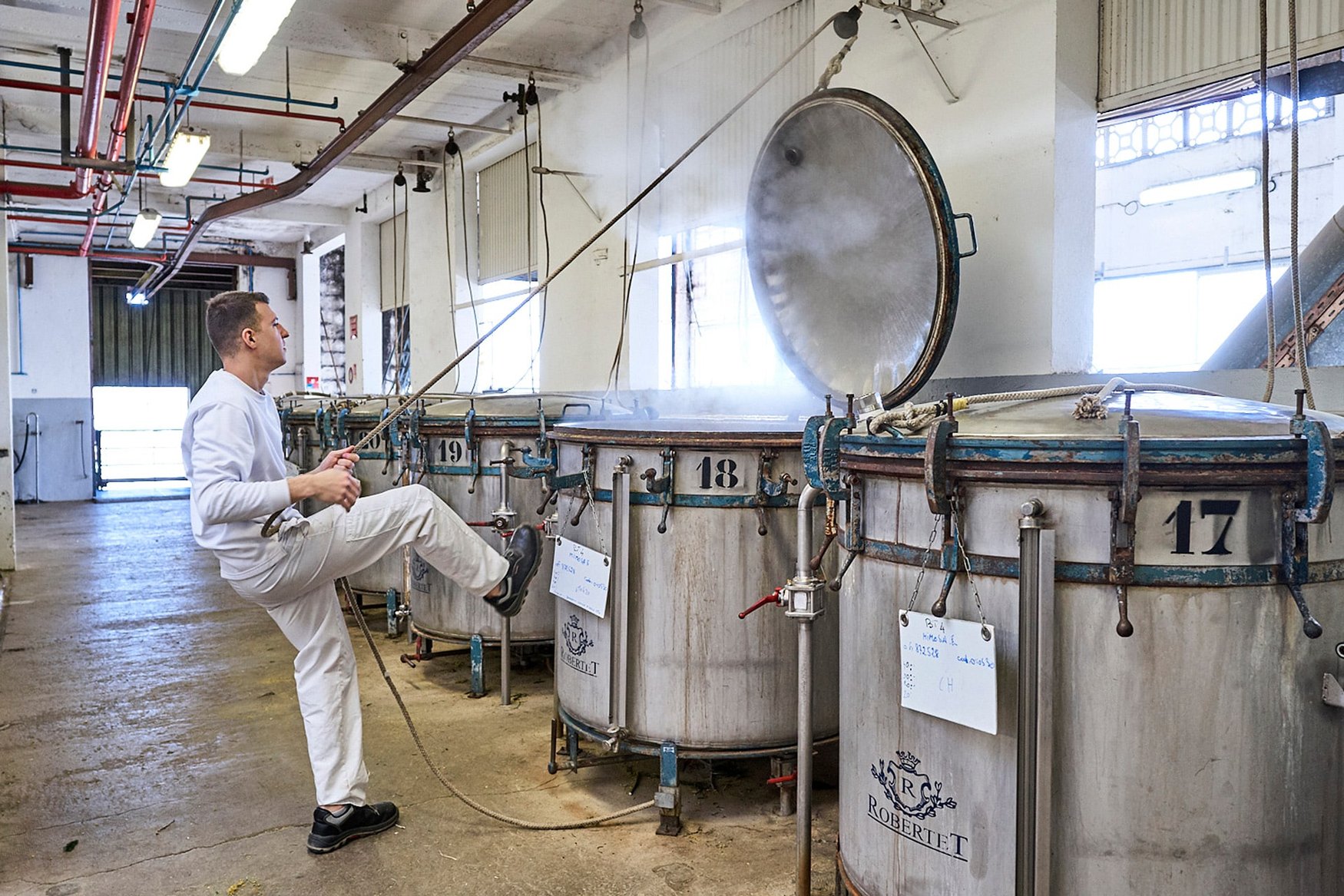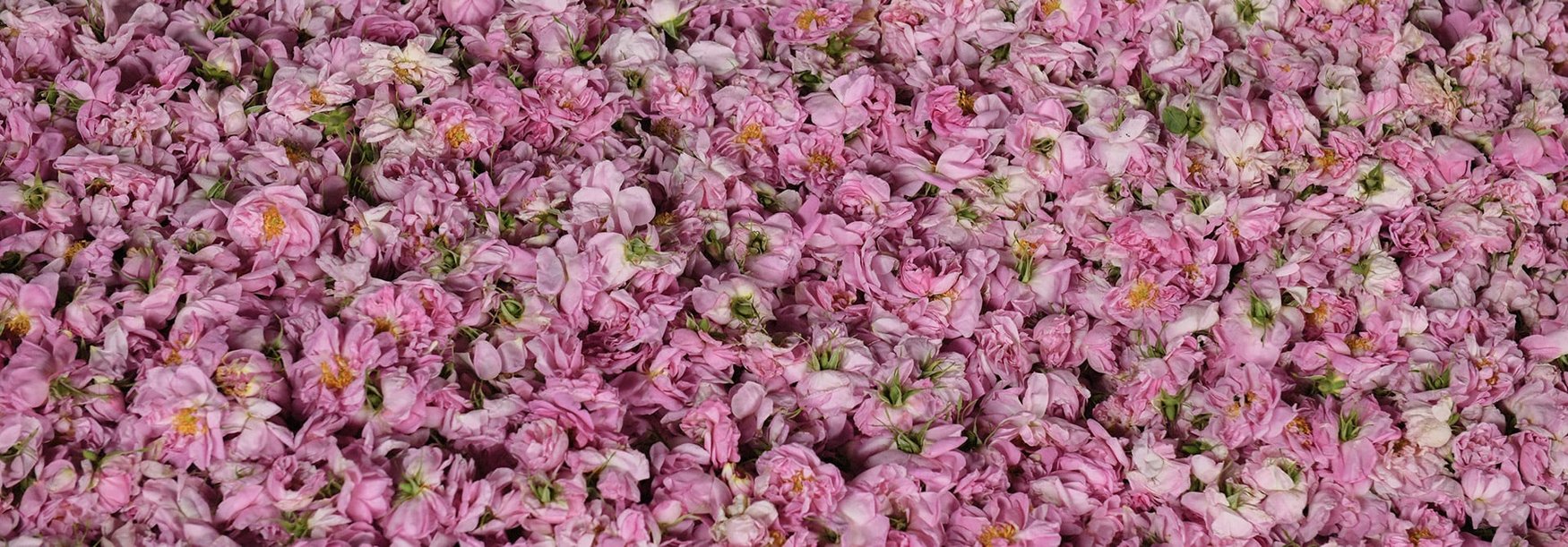Rose
Majestic and characteristic, spicy, green and honeyed, powerful and rich, both floral and fruity scent, that can evoke litchee.
The bedrock of perfumery, roses are inextricably linked to the fragrances we’ve come to know and love. In fact, rose comprises more than 400 known constituents, with a variety of reconstructions across every price point. Its scent is powerful and rich, with floral and fruity facets of contrast: sweet yet spicy, green yet honeyed. Rose is often described as a feminine note with floral, powdery facets.
Data sheet
- Type
- Extraction Method
- Used parts
- Natural raw material
- Steam distillation or solvent extraction
- Fresh flowers, petals





